It’s Ice Ball Season
Winter cold means sightings of strange spheres on lake shores.

While the rest of the planet has been bathed in above-average temperatures, much of America is chattering through a sprint of record-cold days. The National Oceanic and Atmospheric Administration captured a chilling satellite image of the Great Lakes in late December, as snow swept across Pennsylvania and New York.

When the Great Lakes get cold like this, water transforms into unusual ice formations on the surface of the lakes. Here, in a photograph of Lake Michigan taken in 2000, you can see the formation of flat coins of “pancake” ice” and rolling spheres of “ice boulders” (also called ball ice or ice balls).
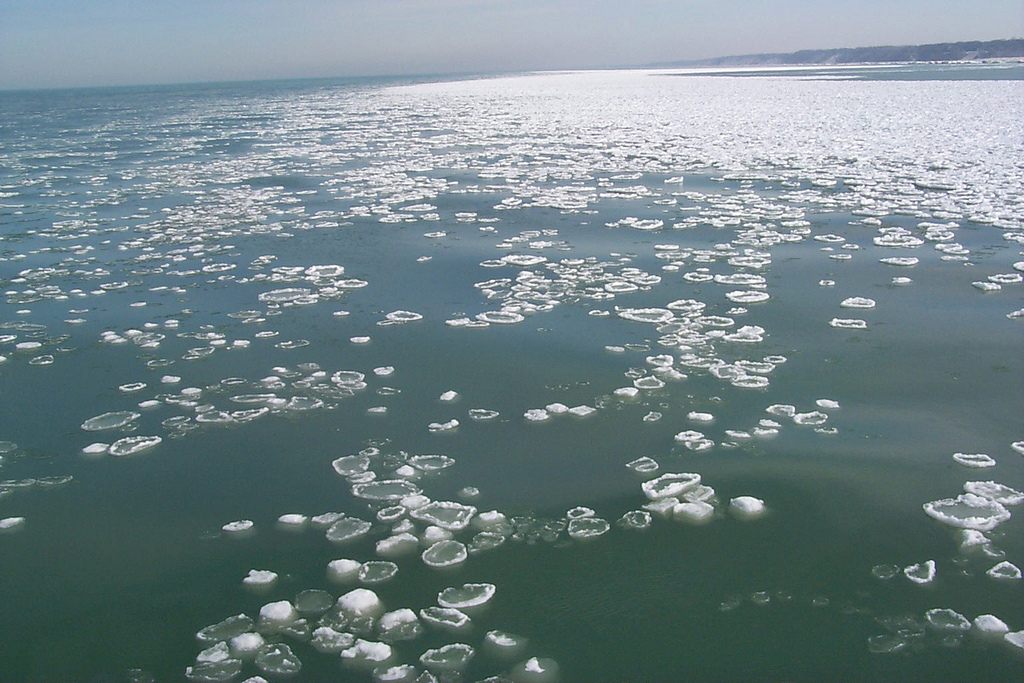
Ice boulders form when cold chunks break from ice sheets, and the movements of a lake’s waves sculpt those pieces into rounder shapes. The balls can also accrue more layers of ice, growing large.
On occasion, these rotund ice balls reach lake shores, where they form what can look like very cold ball pits or surprising collections of shining white boulders.
In the past few days, ice balls have been washing along the edges of Lake Michigan, where locals have captured their odd beauty.
The Great Lakes are not the only place in the world to find ice balls; recently a collection washed up on the Russian coast, and a photogenic set appeared on the Gulf of Ob in the Arctic in November 2016.
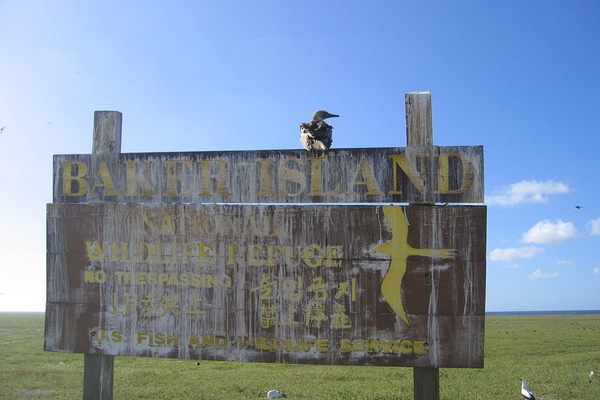
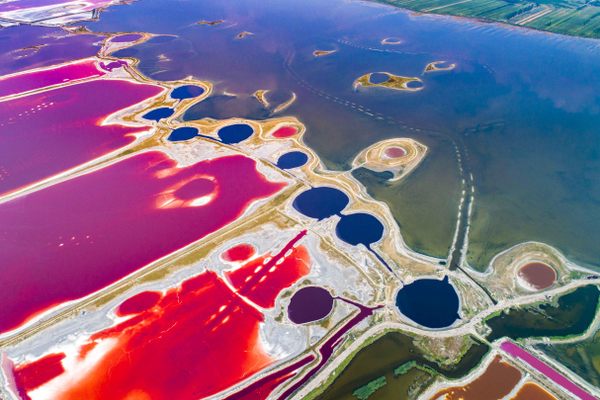
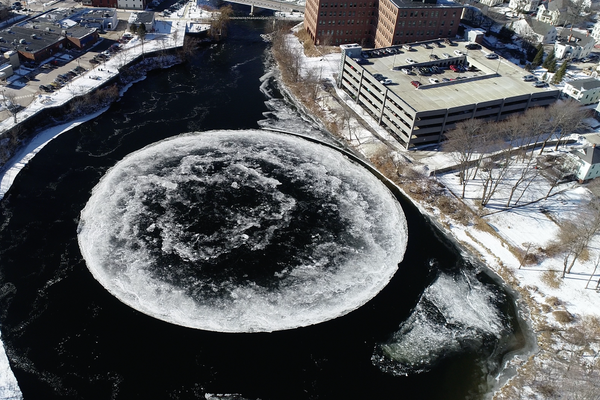
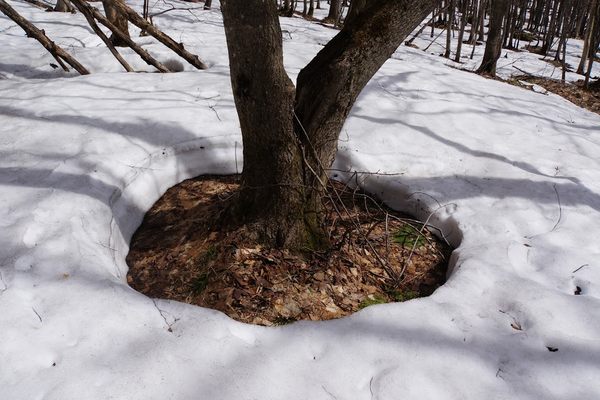
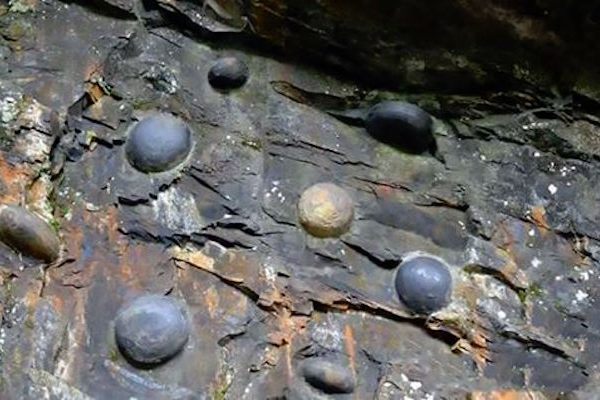


















Follow us on Twitter to get the latest on the world's hidden wonders.
Like us on Facebook to get the latest on the world's hidden wonders.
Follow us on Twitter Like us on Facebook